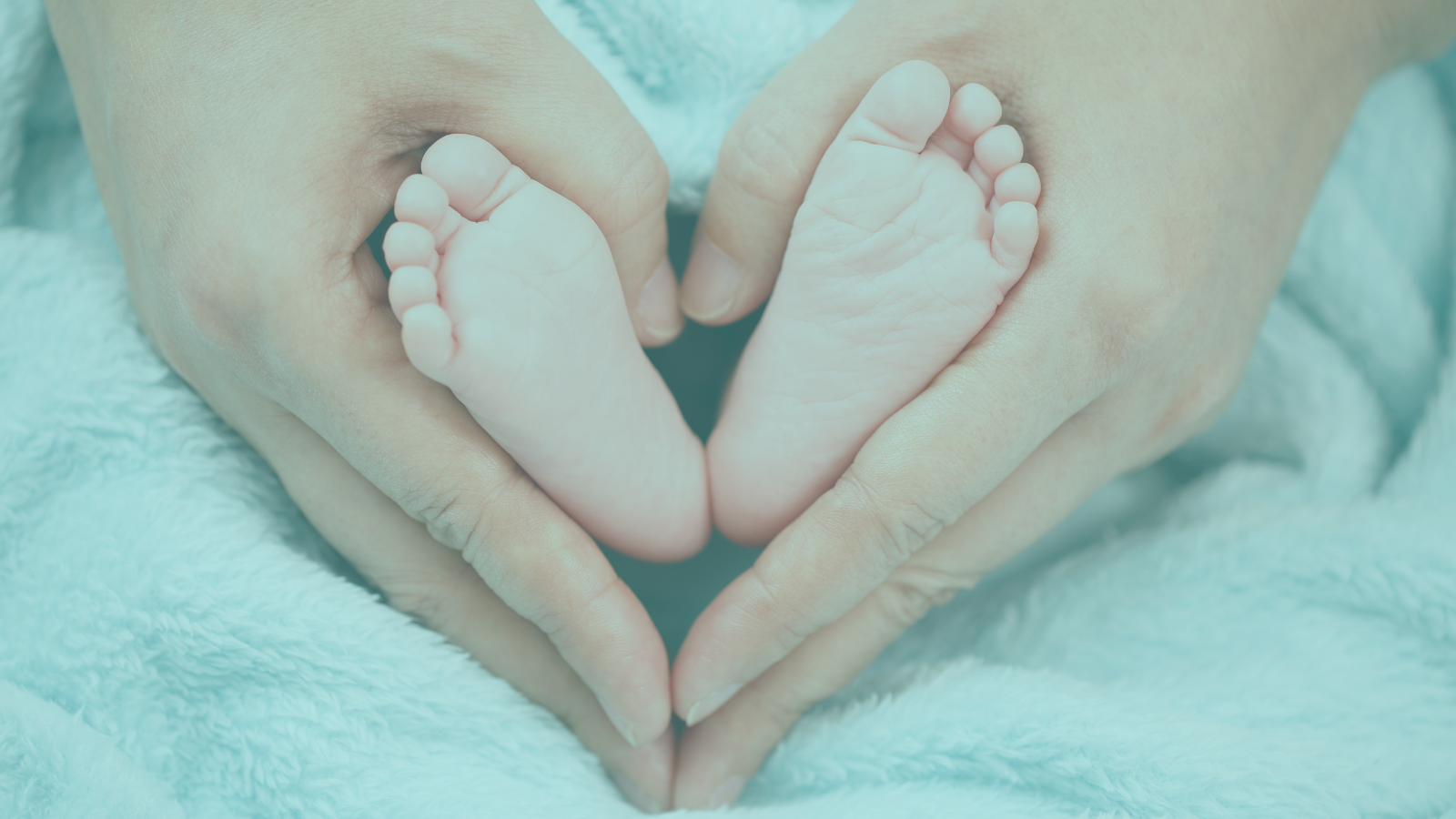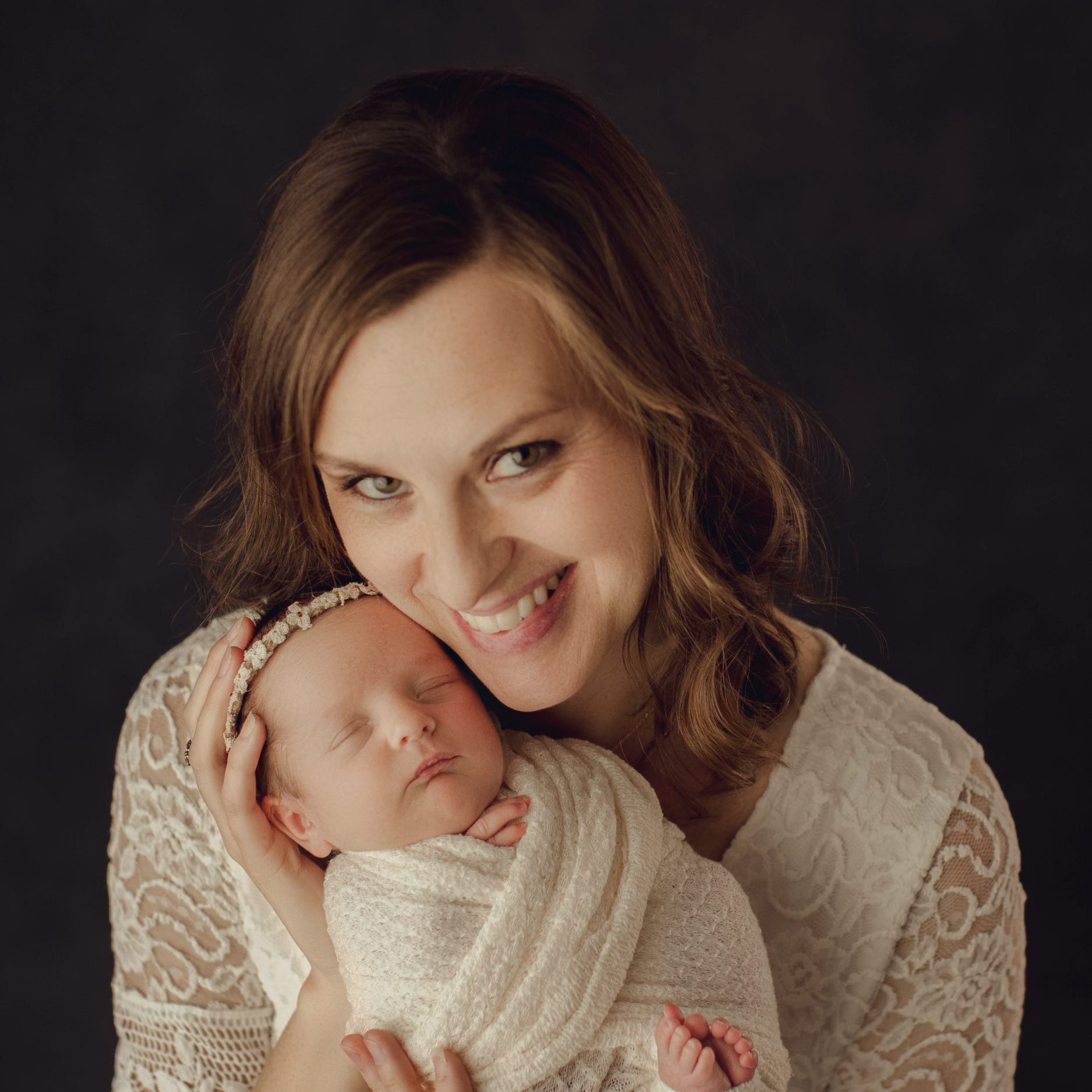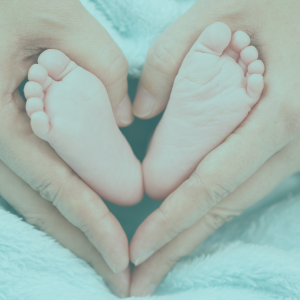
Meet Stevie
- Baby Saves
“In December 2022, my son Eoin Francis was born still. After a perfectly healthy and normal pregnancy, when I was 41 weeks and 2 days pregnant, I noticed I hadn’t felt Eoin (an Irish name, pronounced Owen), who was usually very active, move for a couple of hours.
I hadn’t been advised to monitor his movements in any kind of systematic way, so it was really only after hours and hours of no movement that I suspected something was wrong. We found out later that day that his heart had stopped beating and he was dead. I delivered him the next day.
At 21.5 inches and 8 pounds, 1 ounce, he was a beautiful, perfect baby boy, and at first there were no indications of why he died. However, through an independent autopsy and additional placental pathology, we discovered that Eoin died because his placenta was too small to sustain him any longer.
Placentas are incredibly efficient, but they work like a gas tank. The car will go as long as there is gas, but when the gas runs out, the car stops. The ratio between a baby’s percentile weight to the percentile weight of their placenta at their gestational age should be 1:1. Eoin’s was 312:1.
We didn’t know Eoin’s placenta was abnormally small because measuring placentas (despite being incredibly easy to do) is not a standard of prenatal care. If it was, Eoin would likely be alive today. This is not an issue of individual care providers — we loved ours — it’s a systemic issue within our country’s already broken and ever crumbling healthcare system.
At Eoin’s birth, my midwife remarked that his placenta was the smallest she had ever seen. Her comment sent me down a Google rabbit hole, which led me to Measure the Placenta (MTP), an organization of other parents who have lost their kids due to undetected small placentas. MTP is fighting for placenta measurements to become a standard of prenatal care. I have a community organizing background, and so it felt natural for me to join this small but mighty organization right away. That’s how I met Erica Bailey (Count the Kicks Missouri Ambassador).
Erica talked a lot about the Count the Kicks app and her own baby save story through monitoring her baby’s movements while pregnant. I got pregnant with Stevie not long after joining MTP. With Stevie, I started monitoring her movements on the Count the Kicks app around 26 weeks, once her movements were more consistent.
My early assumption of the app was that you tracked every time you felt movement. In the beginning that’s what I was doing. But as I learned more, I realized that you only need to do it once a day, and that it’s really about getting a pattern and establishing your baby’s ‘normal.’
Stevie’s normal was that she was most active at night. It became easy to track her movement sometime between 9-11 p.m. when we were watching a TV show or reading in bed. Typically she hit her 10 movements under 12 minutes (sometimes it only took 1 minute).
I was also following advice from my doctor who told me that if I noticed I didn’t feel her moving while I was going about my day, to lay down and pay close attention. If I felt her move 10 times within the half hour, I could relax. If I didn’t, I should play it safe and come in to get a non-stress test (NST) or ultrasound. I did end up going in two different times between 27 and 32 weeks for extra monitoring, and all ended up being fine.
At 36 weeks 5 days, I was having Braxton Hicks contractions, which made Stevie’s movement a little bit harder to feel. Later that night when I did her kick counts, it took about 40 minutes to reach 10 movements. This was longer than her average, but not outside standard limits. My husband and I decided if her movements continued to feel off, we would go in the next morning. I woke up early the next morning, and again, she just felt more sluggish than usual, so we decided to go into labor and delivery. We’re so grateful we did.
We went to labor and delivery at the hospital where we planned to deliver Stevie, and our midwife happened to be on call. We called her on the way and everyone was prepared for us to be there. Because of what happened to our son, the entire hospital staff knew about this pregnancy and were committed to making sure Stevie made it OK. They got us into a room right away and hooked us up to an NST. They found her heartbeat immediately, but her NST wasn’t reactive. Her heartbeat wasn’t accelerating, and she would also have dips of decelerations every once in a while. They also did a biophysical profile (BPP), which she did pass.
However, we knew as soon as we got there that because I was nearly full term, we were not leaving without getting induced. Our midwife and the head OB-GYN agreed. I was supposed to be induced one week later at 38 weeks, but we moved forward with induction that evening.
Throughout labor, Stevie’s heart rate continued to make small decelerations every so often. Otherwise my labor with her went smoothly until the very end. As Stevie descended down the birth canal, her heart rate dipped for longer periods of time and I almost needed to have an emergency cesarean section. Luckily, Stevie came very quickly and was out after only two pushes!
When she was born we found out exactly why the decelerations were happening. Her cord was wrapped around her seven times (three times around her neck and four times around her body). Additionally, at 4 pounds 11 ounces, she was way smaller than she should have been for her gestational age. Her placenta was also small, but unlike Eoin’s, her size and her placenta’s size were more evenly matched. After talking to our doctor’s after her birth, we surmised that her ultrasound measurements during pregnancy were off by about 2 pounds, and she also likely stopped growing between the 35 and 37 week scans.
In addition to seeing my midwife locally during Stevie’s pregnancy, I was also going to the Rainbow Clinic (a practice specific for people who have had stillbirths) in New York City and had been getting weekly ultrasounds during the third trimester and growth scans with a placenta measurement every two weeks. We saw our midwife weekly for an NST, as well.
I thought that the additional monitoring with Stevie, and especially the measuring of her placenta, would mean Stevie was guaranteed to make it. However, even with all the monitoring, Stevie was still a very close call. What mattered more than the monitoring was trusting our own intuition that something was off with her movements, guided by the concrete data we had from the Count the Kicks app, and then having doctors who believed us and took us seriously. We are so grateful to our midwife and to our Maternal Fetal Medicine OB-GYN at the Rainbow Clinic, both of whom gave my instincts and feelings just as much consideration as any tests or scans.
I wish I had been given more education about monitoring my baby’s movements during my pregnancy with Eoin and I wish I had known about the Count the Kicks app. Ultimately, his death could have been prevented if measuring placentas were a standard of prenatal care. If we knew his placenta was so small, we would have decided that I should have been induced earlier. However, I will also forever wonder if I had been monitoring his movements like I did Stevie’s, would I have noticed that something was wrong earlier, before his movements stopped completely? In time to save his life? We will never know for sure.
I encourage everyone who is pregnant to use whatever tool is most useful to help them get a sense of what their baby’s normal movements feel like.
What is so appealing about the Count the Kicks app is that it provides you with an average. So if you are doing it at the same time every day, you have a baseline to go off of. For me, that baseline helped me know when to trust that things were OK versus when to worry. It helped us feel more confident about taking action and going in to get checked out. And in Stevie’s case, it likely helped save her life.” -Rachel F., Stevie’s mom
Easy Delivery!
Sign up for our newsletter for the simplest way to stay in touch with the latest information about our mission, events, volunteer opportunities, and more.



